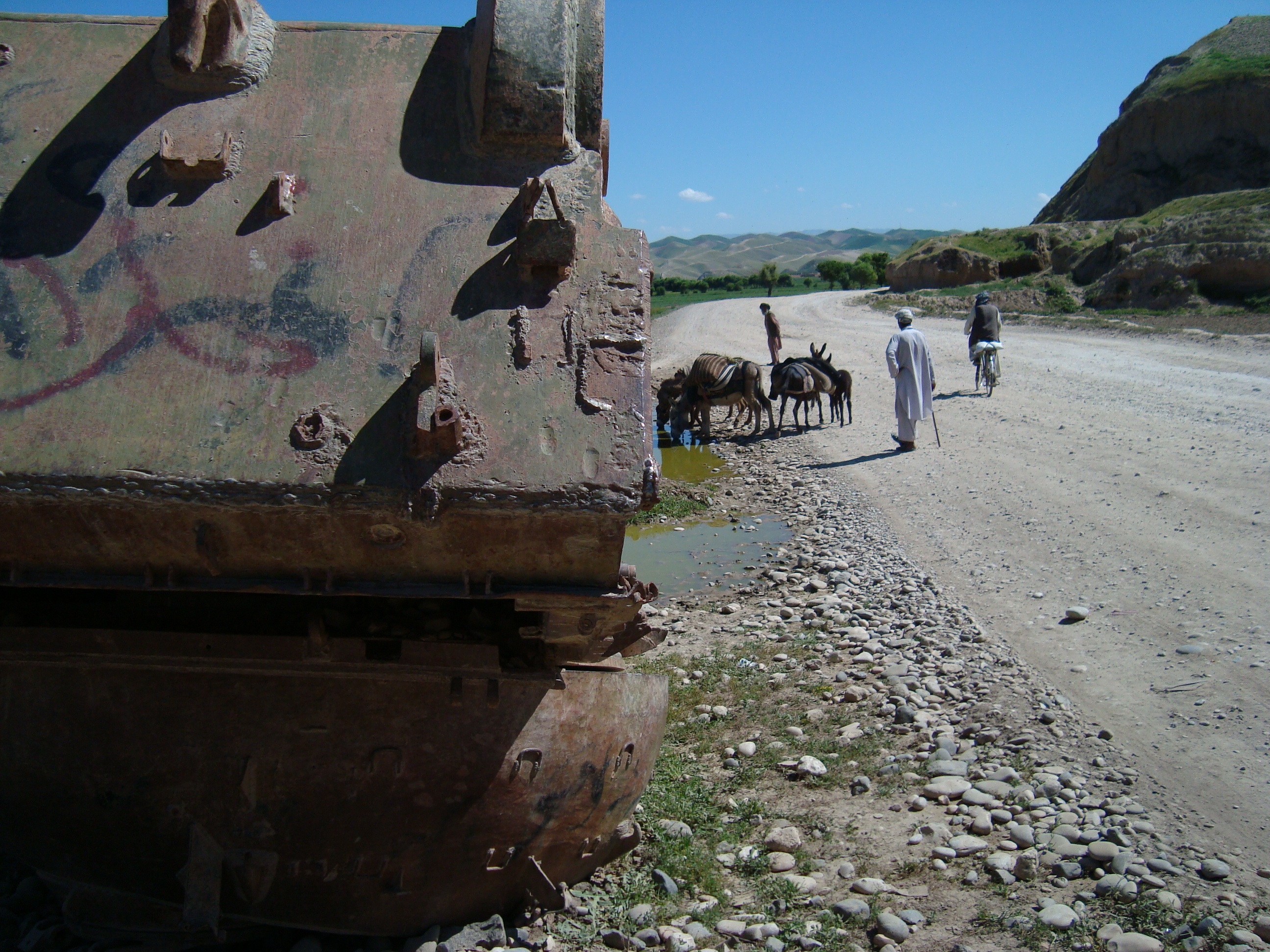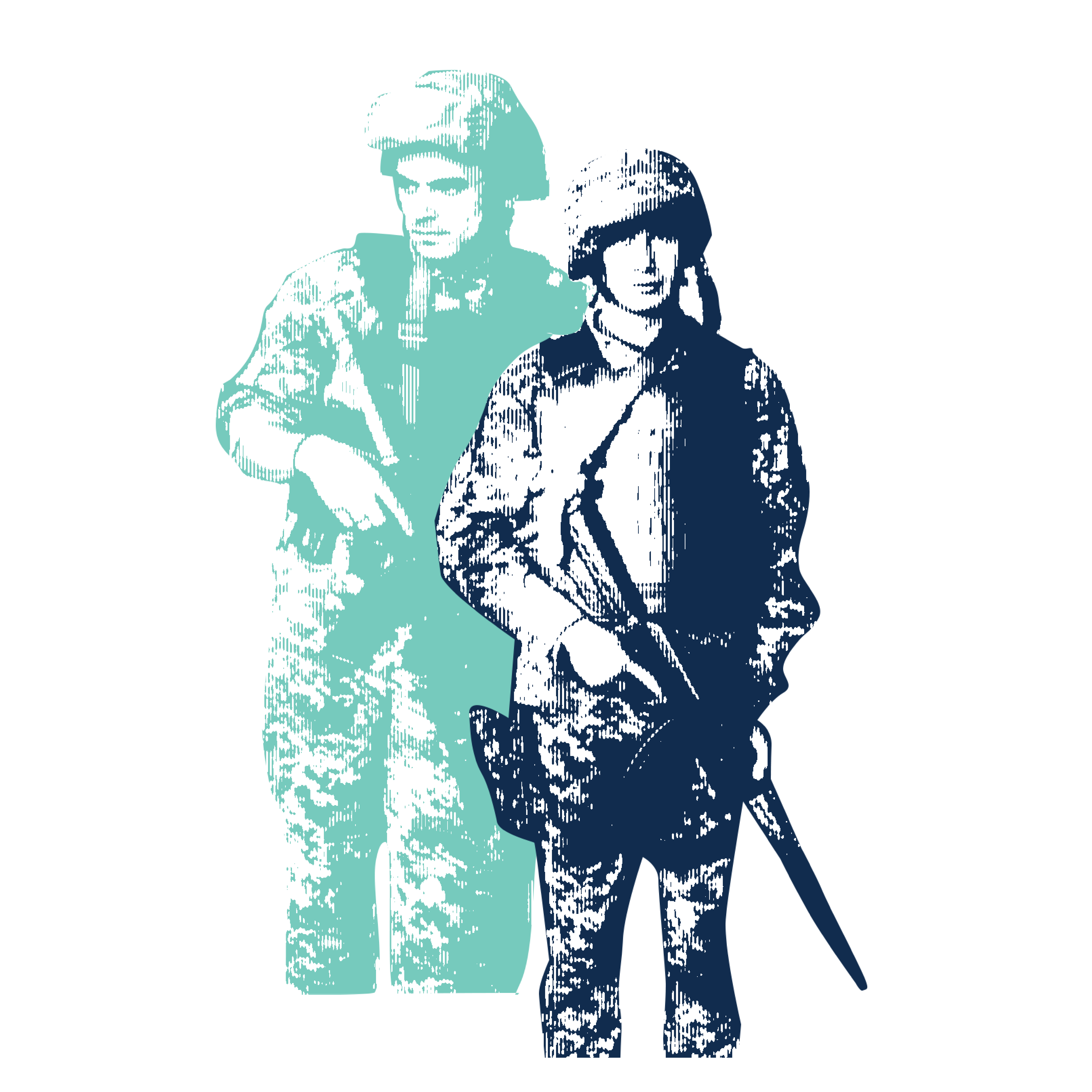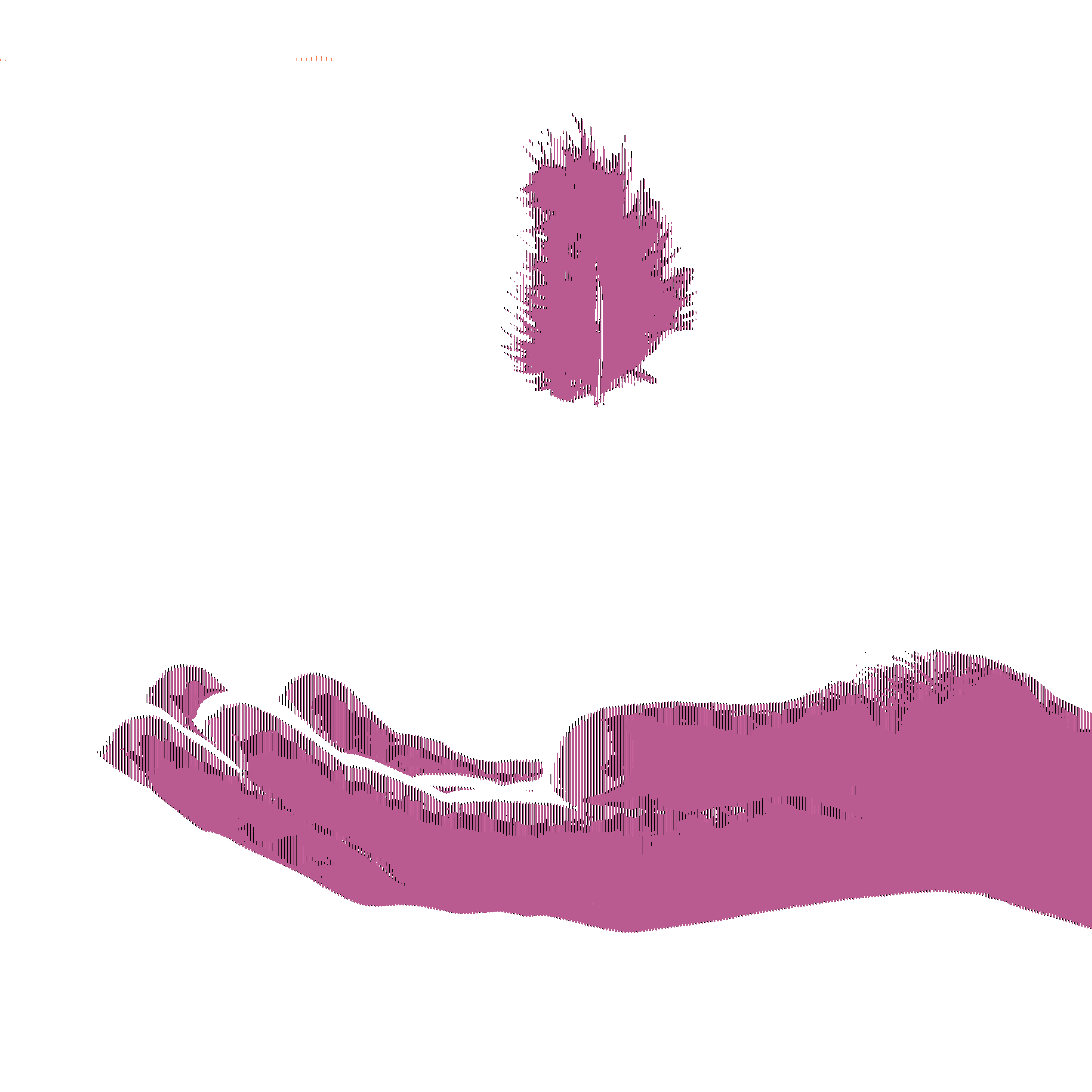
In the middle of a war zone I fall asleep holding hands with a little girl.
Her name is Kamrana. She is 10 years old. Around us, a half-dozen women and children rest on a mosaic of thin mattresses: Kamrana's mother, stepmother, siblings. Millions of women in Afghanistan sleep this way.
I think we pretend that our intimacy can somehow stave off the war.
The odds are against it. Each year since the United Nations began to keep track in 2007, more Afghan civilians have perished in the violence than the last. At least 1,462 were killed between January and June of 2011. Among the casualties: Nelofar, age 12, whom NATO soldiers killed one night last May, less than a mile from the room where I now lie tucked in under a heavy polyester blanket. She, too, was sleeping side by side with her relatives that night. NATO officials later said that the soldiers had stormed Nelofar's house in error.
How many Afghan noncombatants have been killed since 2001? Some estimates suggest 14,000; others say 34,000. How does one imagine what these numbers mean? One usually doesn't. Most of the victims remain nameless, unheeded.
I squeeze Kamrana's hand a little. A few mattresses down, an infant suckles. The room swings to our communal breath.
I have spent countless nights in rooms like this. This year, while NATO troops were trying to turn the quickening tide of insurgency, I squatted in beggared bazaar towns that cling to the severe scarps of the Hindu Kush and in mud villages raised by hand out of the thirsty desert. Month after dust-choked month, behind the glassless windows of huts slapped together from clay and straw, beneath rooftops extended heavenward like palms in prayer, my hosts and I listened to the rumble of U.S. helicopter gunships -- how terrifyingly low they would pass in the night! -- and watched the Taliban steadily claim dominion along the 34th parallel's violent tectonics.
But that wasn't all we did. There were also times when, by what seemed like sheer force of our will, we carved out of a systematically and relentlessly brutalized landscape moments of immeasurable, unadulterated joy. The evening in August when we went swimming in the satin eddies of the Balkh River to beat our Ramadan thirst. The morning in March when we set out before dawn to a Monday bazaar 20 miles away, the desert ringing underfoot like the Earth's belly, Amanullah on his donkey singing the sun out from behind the mountains. The day, last April, when Baba Nazar and I knelt on top of a gold-speckled sand dune to eat the season's first camel yogurt.
It tasted like liquid moonlight.
Two weeks ago in Mazar-e-Sharif, beneath the turquoise soufflé of the Blue Mosque, a friend and I waded into a sea of white birds. They say 10,000 white pigeons flock to the 15th-century shrine; the birds were everywhere. Suddenly, one fluttered up in a burst of unimaginable whiteness and alighted on my head. Then another. Then, all at once, pigeons were landing on my fingers, my wrists, my shoulders, my feet. They were heavier than I had expected. Yet, somehow, their weight felt like a kind of measured weightlessness. As though with each white wing-clap I myself took flight.
Before we fall asleep I ask Kamrana if she has ever traveled to see the white pigeons of Mazar. Never, she says.
The journey between Jalalabad and Mazar-e-Sharif follows the ancient sashays of the great Silk Road: through crepuscular gorges, over vertiginous mountain passes, ticking with land mines and bristling with ambushes. Right outside Jalalabad, on a narrow and interminably congested two-lane highway where brigands have waylaid travelers for centuries, Taliban gunmen fire rockets at tankers carrying oil from Pakistan. Their charred exoskeletons watch over the road like the mutilated sentries of a vanquished nation. This road is no place for a little girl. This road is no place for anyone.
Kamrana's hejiras are limited to daily walks to school. She is in first grade. Each morning, she strolls through her family compound's gates of sheet metal painted pale blue to ward off jinxes; past a bazaar that sells hubcaps, soap, and fruit; around a fetid trash heap that spills out of a concrete enclosure tagged, in English, "DONATED BY UNHCR."
Is she safe? Taliban fighters and Hezb-e-Islami guerrillas of the megalomaniac warlord Gulbuddin Hekmatyar skulk on the barren mountain slopes that cascade in streaks of lavender and ocher to Jalalabad's terraced oasis. Will they punish a girl for attending school, a woman for not covering her face, a man for looking too Western? "You never know who is who here," Kamrana's uncle told me over dinner of okra and rice. He has been growing out his silvery beard, just in case.
* * *
It's cold in the women's bedroom. We will sleep fully clothed under our Chinese blankets, though we do remove our socks. The soles of Kamrana's feet are a stunning, deep mahogany: She had her feet painted with henna a few days earlier. Would I like to henna mine? she asks.
I leave Afghanistan in three days, to write a book. I will be gone for a long time. Would I like to carry this country with me, like a map, on my skin?
Yes, I say. Yes. I would love that.
A pewter bowl comes out, a small packet of powdered Lawsonia inermis. Someone brings a teapot with warm black tea, to dissolve the pigment. The women laugh at my feet: Why are they so wide, deformed? It's from walking far away from home, I tell them. It's my mark of Cain. They laugh again. Kamrana slides an embroidered pillow under my ankles. Her 12-year-old stepsister dips her index finger in the dye and begins to paint.
* * *
Once, in northern Afghanistan, I watched a crow fly low over a sepia quilt of cotton fields and fallow rice paddies. Suddenly the bird twitched. What was that? Which invisible barrier, which sudden sorrow, thwarted its flight? For one horrible, heart-stopping instant, the crow tumbled. Then it regained its balance, steadied itself against a current of air, and resumed its westward journey.
With my feet hennaed and Kamrana's hand in mine, I think: In Afghanistan, people pick themselves up like that. They mourn the day's losses, break down over the iniquities of a world in which age-old violence rakes their land and steals their children.
Then darkness falls, and the Milky Way drags her dazzling entourage across the sky. A shepherd sings his flock home. People stretch out on thin mattresses, six or seven to a room, and summon the modest, priceless joys that buoyed them through another day of life. The glimpse, after a breathless hairpin turn, of a river stilled at a dam: glaucous, rimmed with the gold of late November aspens. The exquisite weight of a white pigeon. The spray of maroon flowers blossoming on their feet.
Their breath synchronizes, seals the room from within. Their fingers and dreams weave together. They know: the sanctuary of such intimacy is make-believe, impotent against war. But it is the only one they have, and so, it is sublime.





